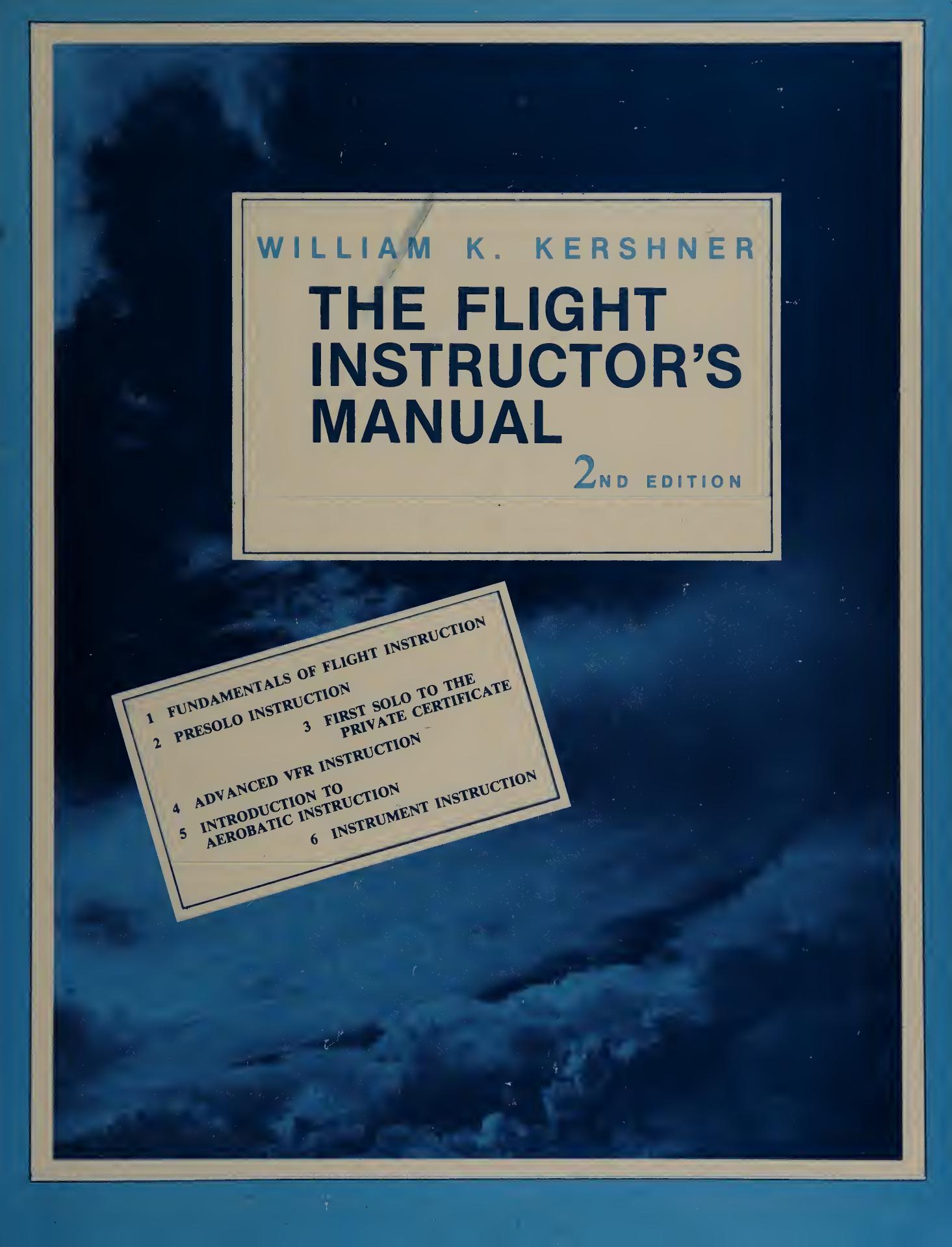The flight instructor's manual by Kershner William K

Author:Kershner, William K
Language: eng
Format: epub, pdf
Tags: Flight training, Vol -- Instruction
ISBN: 0813806356
Publisher: Ames : Iowa State University Press
Published: 1974-05-15T00:00:00+00:00
148
3 / FIRST SOLO TO THE PRIVATE CERTIFICATE
Figure 14-2. Sketch the layouts of the other airports on the chalkboard during the preflight briefing. If you are doing enough cross-country business you might reproduce copies of the layouts to give to each student.
In your briefing for the solo cross-country to these same airports, you might review this information, particularly if there has been a layoff. This type of information should also be covered in the following solo cross-country flights to other airports. There are booklets of airport layouts published and you can make good use of that information.
While you’re talking about the airports, note that the common tendency is to be too high when landing on a strange area. He should know this and plan accordingly. Compare the runway widths and lengths with the home airport.
Discuss how you would enter traffic for various runways at the strange airports and the use of Unicom, if available. Note that the heading indicator is a good aid in finding the proper runway on a multirunway airport (Fig. 14-3).
GEMINI. Embry-Riddle Aeronautical University uses a Gemini (The Twins) program in dual instruction. One student flies the airplane with the instructor, while the other student observes from the rear seat, assuming that a three- or fourplace airplane is being used. This is particularly valuable during the cross-country phase (practicing stalls with this setup wouldn’t be so good), and you could approach the triangular cross-country two ways. One way is to have the students alternate navigating and flying: Jones flies the first leg with Smith navigating; Smith flies the second leg with Jones navigating. A disadvantage to this is that neither student will have the experience of “commanding” the airplane for the full trip and might have a gap in knowledge that could cause a problem on the solo trip. Another approach would be to make the trip
Figure 14-3. The student’s heading as he approaches the airport is 190° here; he’s cleared by the tower to enter left downwind for Runway 33. He can check the heading indicator and compare it with the various runway directions to help pick the proper one. Student pilots often have trouble getting set up for the proper runway. So be sure to discuss and demonstrate the procedure.
149
twice, having each student act as “pilot in command” for a whole cross-country, while the other navigates.
Advantages of this second approach to training are obvious. Each student will have made the cross-country twice and been into the strange airports twice, once as a pilot and the other as a navigator/observer, and so he will be more at ease on the solo.
Don’t allow the navigator/observer to sightsee. He’s just as responsible for navigation and keeping up with checkpoints as the student in the front seat. Ask him questions as you fly. Each student, pilot or navigator, on each flight is responsible for his own preflight planning; and after the return, the times, fuel used, and estimates should be compared. Each will learn by the other’s mistakes, but you should avoid deliberately embarrassing a person when using this arrangement.
Download
The flight instructor's manual by Kershner William K.pdf
This site does not store any files on its server. We only index and link to content provided by other sites. Please contact the content providers to delete copyright contents if any and email us, we'll remove relevant links or contents immediately.
| Airport | Commercial |
| Helicopters | History |
| Pictorial | Piloting & Flight Instruction |
| Repair & Maintenance |
Small Unmanned Fixed-wing Aircraft Design by Andrew J. Keane Andras Sobester James P. Scanlan & András Sóbester & James P. Scanlan(32141)
Navigation and Map Reading by K Andrew(4553)
Endurance: Shackleton's Incredible Voyage by Alfred Lansing(3840)
Wild Ride by Adam Lashinsky(1658)
And the Band Played On by Randy Shilts(1615)
The Box by Marc Levinson(1595)
Top 10 Prague (EYEWITNESS TOP 10 TRAVEL GUIDES) by DK(1567)
The Race for Hitler's X-Planes: Britain's 1945 Mission to Capture Secret Luftwaffe Technology by John Christopher(1526)
The One Percenter Encyclopedia by Bill Hayes(1463)
Girls Auto Clinic Glove Box Guide by Patrice Banks(1362)
Trans-Siberian Railway by Lonely Planet(1342)
Looking for a Ship by John McPhee(1320)
Fighting Hitler's Jets: The Extraordinary Story of the American Airmen Who Beat the Luftwaffe and Defeated Nazi Germany by Robert F. Dorr(1300)
Batavia's Graveyard by Mike Dash(1300)
Troubleshooting and Repair of Diesel Engines by Paul Dempsey(1284)
Bligh by Rob Mundle(1273)
TWA 800 by Jack Cashill(1253)
The Great Halifax Explosion by John U. Bacon(1229)
Ticket to Ride by Tom Chesshyre(1228)
